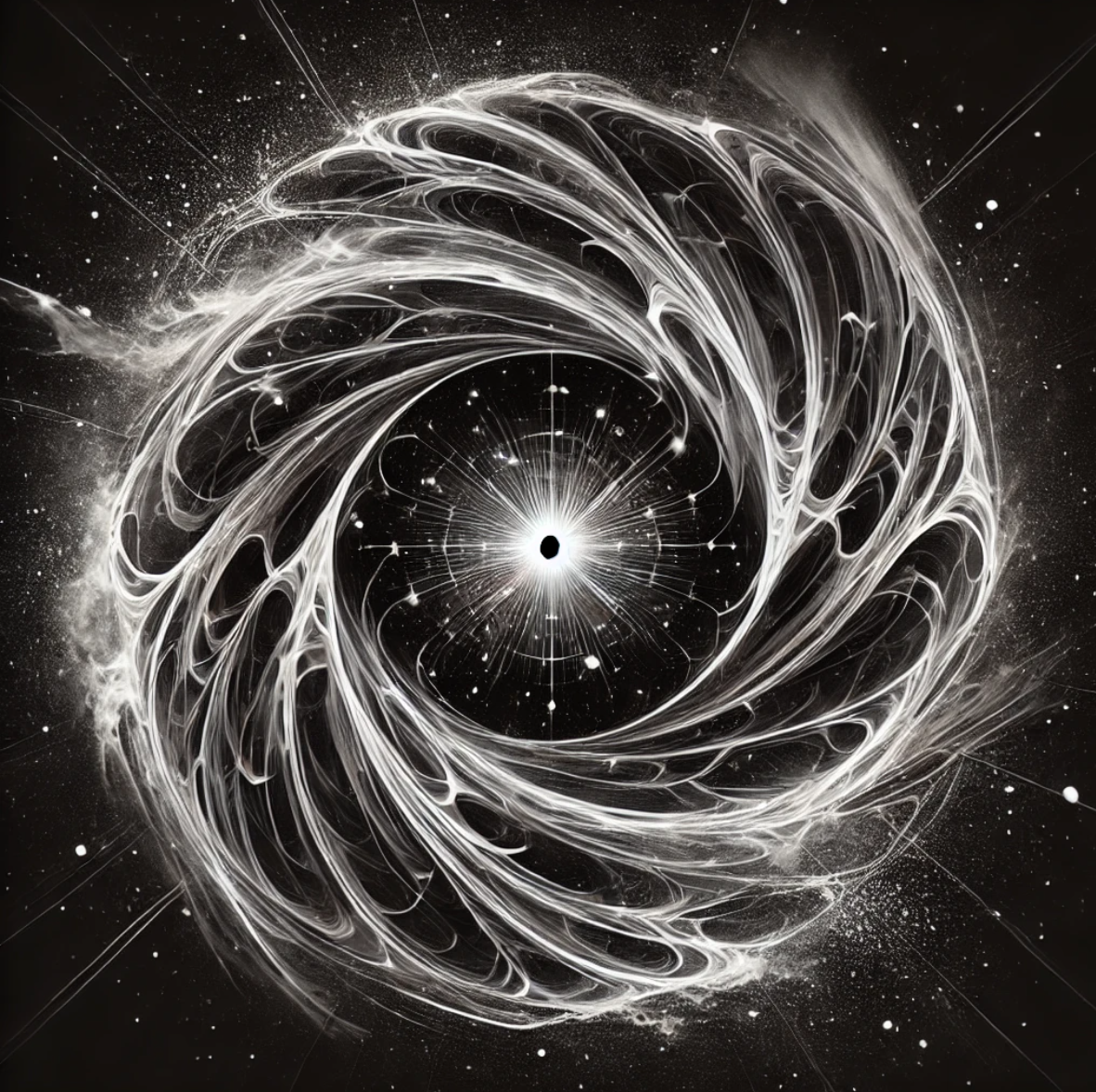————————-
Posted July 30, 2024
Extending the Theory of Entirety: Entropy, Fractals, and the Big Crunch
The Theory of Entirety posits a cyclical process involving the expansion and contraction of the universe, with each cycle representing a breath of Entirety. Integrating the concept of entropy and fractals into this theory provides a more comprehensive understanding of cosmic processes. Here’s a detailed extension of this idea:
Managing Entropy and Fractals Before the Big Crunch
- Overhauling Spread Energy:
- Before the universe starts to contract (Big Crunch), it can overhaul its spread energy in the form of matter. This process involves reorganizing and redistributing the energy and matter throughout the universe.
- This redistribution could help manage and even reduce entropy, setting the stage for the next phase of contraction.
- Aggravating Crunch to Entropy:
- During the contraction phase, the universe’s energy and matter are compressed, increasing entropy locally but potentially reducing the overall entropy through quantum effects or unknown processes.
- This phase can be seen as a way to ‘aggravate’ or concentrate entropy in specific regions, leading to a collapse that is more organized and conducive to a new beginning.
- Collapsing to Complete the Step:
- As the universe contracts, entropy reaches a maximum point where the matter and energy are in a highly ordered state of collapse.
- This maximum entropy state can then reverse into the initial conditions needed for the next Big Bang, completing the cycle of the Big Bang reversely.
- Beginning the Next Cycle with New Matter:
- The next Big Bang begins with new matter and energy configurations resulting from the previous cycle’s entropy management.
- This process ensures that each new cycle is not merely a repetition but a progression with new matter added due to the previous cycle’s entropy transformation.
Fractals and Entropy
- Fractals in Cosmic Structures:
- Fractals are complex patterns that are self-similar across different scales. In cosmology, fractal structures can be observed in the distribution of galaxies and other cosmic phenomena.
- The presence of fractal patterns in the universe might be linked to the distribution and behavior of entropy. As entropy increases, it could drive the formation of fractal structures through processes of chaotic dynamics and self-organization.
- Entropy and Fractal Variations:
- Variations in entropy could lead to the formation of fractal patterns. As the universe expands and contracts, the redistribution of matter and energy might follow fractal patterns, contributing to the complexity and diversity of cosmic structures.
- Conversely, the presence of fractal patterns might influence the behavior of entropy, creating a dynamic interplay between order and disorder that drives cosmic evolution.
Theoretical and Empirical Support
- Cyclic Models and Entropy: Modern cyclic models like those proposed by Steinhardt-Turok and Roger Penrose’s Conformal Cyclic Cosmology suggest mechanisms for managing entropy across cycles. These models propose that entropy can be reset or managed in ways that allow for continuous cycles of expansion and contraction (Discover Magazine) (Wikipedia).
- Quantum Effects and Loop Quantum Cosmology: Research in loop quantum cosmology supports the idea that quantum effects can prevent singularities and manage entropy during the bounce between cycles. This aligns with the Theory of Entirety’s proposal that quantum effects play a crucial role in managing entropy before the Big Crunch (Wikipedia).
Conclusion
The Theory of Entirety, incorporating entropy management and fractal patterns before the Big Crunch, provides a comprehensive framework for understanding the cyclical nature of the universe. By proposing that the universe overhauls its spread energy to aggravate crunch to entropy, which then collapses to complete the step of the Big Bang reversely, the theory suggests a sophisticated mechanism for maintaining the cyclical process of universal birth and death.
This idea aligns with modern cyclic models and quantum cosmology theories, offering a plausible explanation for how entropy is managed across cycles. The integration of fractal patterns adds an additional layer of complexity and beauty to the theory, suggesting that the universe’s structure and behavior are deeply interconnected with entropy dynamics. Further research and empirical validation are needed to fully substantiate these mechanisms and their implications for the universe’s ultimate fate.
————————–
